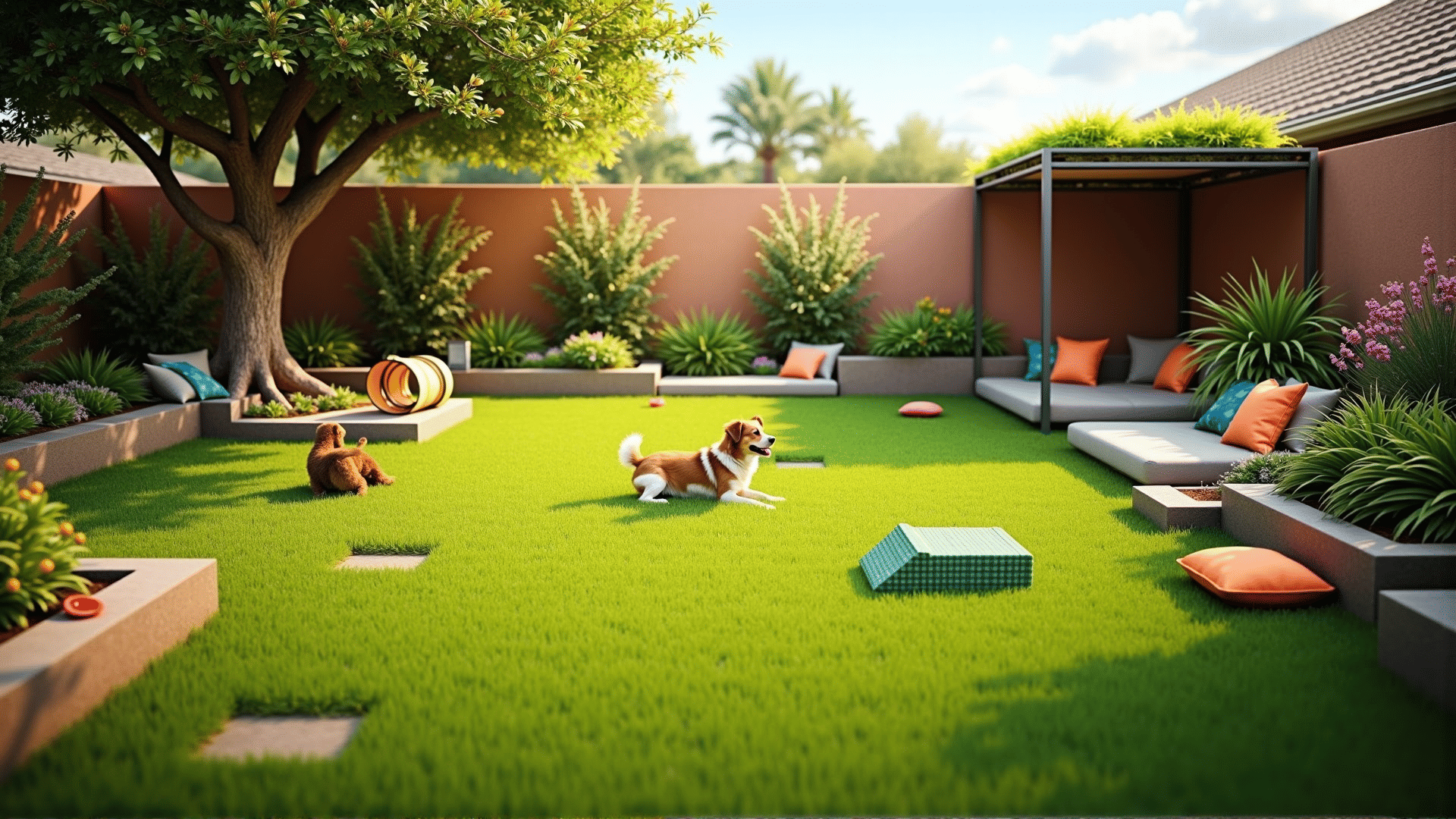Designing the ideal space for your pet is a fulfilling experience that caters to their safety, comfort, and mental stimulation. Whether you have a cat, dog, bird, or small rodent, understanding the specific needs of your pet will guide you in creating an environment they’ll thrive in.
Indoor Setups
Cats: Cats love high places, cozy nooks, and engaging toys. Consider a multi-level cat tree which provides vertical space for climbing and scratching posts to keep their claws healthy. Window perches offer entertainment as your cat watches the outdoor world. A litter box should be placed in a quiet, easily accessible area, and a selection of toys will keep your feline friend stimulated.
Dogs: Dogs vary in size and breed, and so do their home needs. A comfortable bed suited for their size is essential. Interactive toys and puzzles can keep them mentally active, especially when they're alone. For larger dogs or those with high energy, ensure there’s sufficient space for movement indoors. Gates or designated zones might be useful for giving them their own space.
Birds: Birds require spacious cages where they can stretch their wings freely. Place the cage in a bright spot but away from direct sunlight and drafts. Birds enjoy toys that encourage interaction, such as mirrors, bells, and climbing apparatus. Providing them with materials to shred, like paper and soft wood, fulfills their natural behaviors.
Rodents: Rodents such as hamsters, guinea pigs, or rabbits enjoy environments rich with tunnels, huts, and chew toys. Bedding should be soft and absorbent, and cages need to be cleaned regularly. Rabbits can benefit from a penned area where they can roam safely outside their cage.
Outdoor Spaces
Cats: For outdoor access, a catio or enclosed outdoor space lets cats enjoy the fresh air safely. Populate this area with climbing structures and cozy resting spots.
Dogs: If you have a backyard, ensure it’s fenced and free from harmful plants. A doghouse can offer shelter and a place to escape the sun. Set aside time for outdoor play with balls or frisbees to channel their energy.
Birds: Outdoor aviaries offer a great environment for birds to enjoy fresh air. Ensure it's predator-proof and has plenty of shelter from the elements. Include plenty of perches and natural branches for a more engaging space.
Additional Tips
-
Safety First: Always check for hazards such as electrical cords, toxic plants, or small objects that can be swallowed.
-
Adaptability: Pets go through different life stages, so be ready to modify their environment as their needs change.
-
Mental Stimulation: Regularly introduce new toys and activities. This can include DIY toys or new experiences that encourage exploration and play.
-
Comfort and Routine: Animals thrive on routine, so maintain consistent feeding times and create spaces where they can retreat when they need quiet time.
-
Bonding Time: Spend quality time with your pet in their environment to strengthen your bond and observe their behavior, which can give clues about their likes and needs.
Creating a domestic animal habitat that’s both safe and engaging ensures a happy, healthy companion and can enhance the bond between pet and owner. With thoughtful consideration of their natural instincts and individual needs, you can build the perfect home for your beloved friend.
